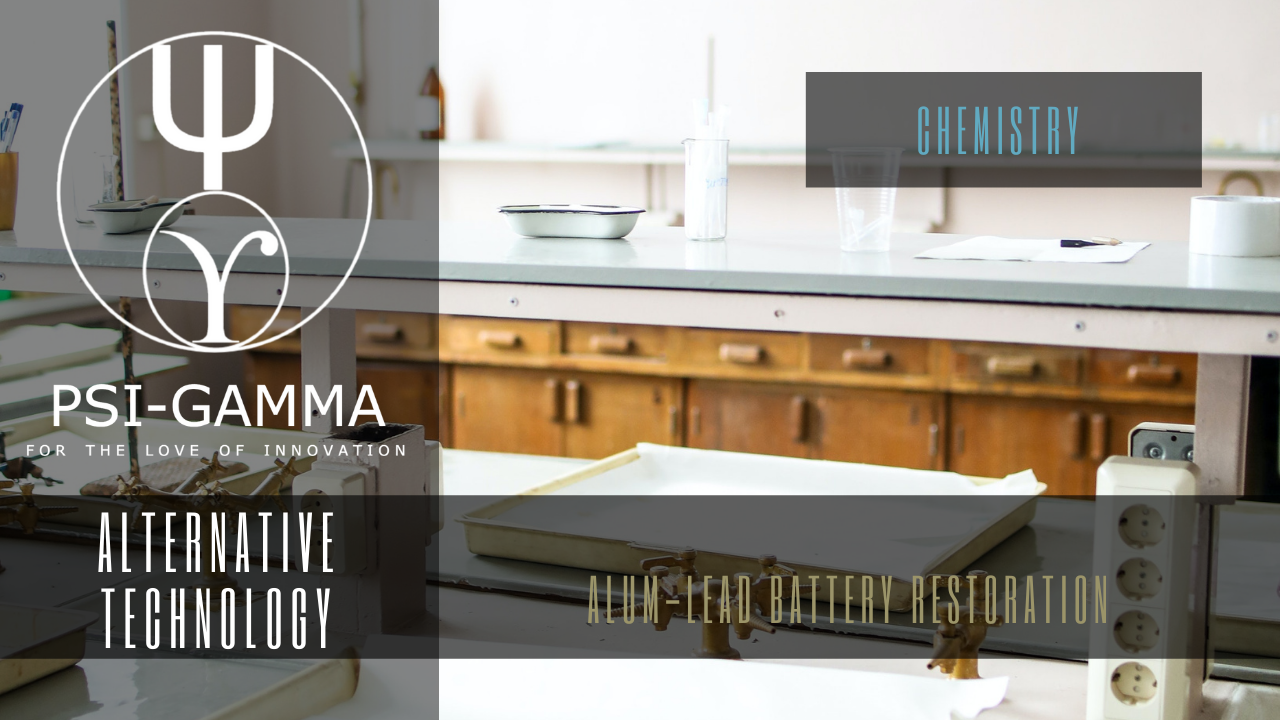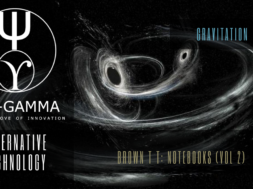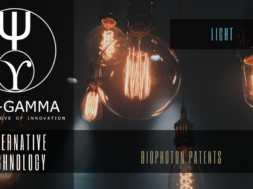
My friend claimed that you could take a weak lead acid battery, one that was still able to be charged but whose lifecycle was nearly finished and convert it to an alkaline battery by dumping out the battery fluid and replacing it with a mix of water and alum. Alum is sold in the super market spice section for making homemade pickles, it makes them crisp. It is sooooooooo cheap. And soooooooo safe, you can eat this stuff, okay? I don’t recommend eating it because of the aluminum connection to Alzheimer’s disease.
It is sodium aluminum silicate, chemically speaking. Also goes by sodium aluminosilicate, aluminium sodium silicate; sodium silicoaluminate; silicic acid, etc. For accuracy use the proper catalog numbers. CAS # 1344-00-9, GB 12493-90(02.002); INS 554; GRAS (GRAS means Generally Recognized As Safe) FDA 182.2727, (1994) If you want more complete chemical info, everything possible to know about this substance, you can download it here:
PDF: www.chem.unep.ch/irptc/sids/oecdsids/Silicates.pdf
I experimented with old batteries and had two successes and two failures. The successes were total successes and the failures total failures. I used 4oz of alum to 1/2gal of water. You just replace the fluid, recharge the battery and off you go. The successful batteries seemed to be more powerful than the original, however I have no data. The best one was destroyed in a vehicle fire. It has been over 10 years since I did those experiments and I am getting ready to try again.
The advantages of the alum battery are many :
The battery fluid is non corrosive –
the battery gas is not explosive –
the battery can be discharged more deeply –
the battery can be charged faster –
the battery will last longer –
there is not corrosion of the terminals –
it is extremely cheap –
more power in cold weather
I will be trying this experiment with some better measuring tools. I want to go to a battery shop and try this on numerous old junk batteries. My feeling is at this point, if the battery is too dead to take any charge at all, it is too far gone to recover with this method.
This process has never been commercialized that I know of except by one company in China. From what I can read, I think that their battery is pretty much the same as this homemade solution, but all worked out scientifically. It is extremely simple. I’d love to have some assistance from more knowledgeable folks on how and why it works to be able to perfect it.
When you realize how cheap this is to do, you’ll really be doing some head scratching. You can have a renewed battery for the price of a few bottles of alum.
Another related bit of information is this. There was a company set up in China called Guineng who was manufacturing and selling a new type of battery. They indicated on their web site that it was a silicate salt battery. I’m pretty convinced it was of this type I am experimenting with. Well, they had a good site with lots of info. But there has been no success on my part in contacting them in any way. I’ve tried like the dickens to get ahold of this company but have never had an email response, cannot get through by phone, just impossible so far. They were reported to be selling their battery to E-Max scooters in Germany. The bikes are being sold down under and the first reports on performance are coming in. But here it is, take it and see what you can do with it.
I am going to try to be working out the correct ratio of alum to water myself in the future for my new used battery bank…
http://www.texaserider.com/escooters_emax.php
The proven, tough and rugged New e-Max with its 8 x 12V/20A Silicon battery system is unique in e-scooters. Silicone Battery Comparison. No more old style lead acid batteries to bog down performance and create havoc in the environment with its destructive pollutants during production, use and disposal. The new GUINENG Silicone power batteries in the e-Max break away from the old and embrace a breakthrough in an enviro-friendly tough and rugged package. An extremely long-life energy supply specifically designed for the e-Max, the new Silicone system offers a never-before seen performance standard… shelf life and power! You can store the batteries, unused for up to 1 1/2 years with voltage going down less than 1 volt! No memory loss! Constantly worrying about losing battery memory and battery damage is no longer wishful thinking! And power!










